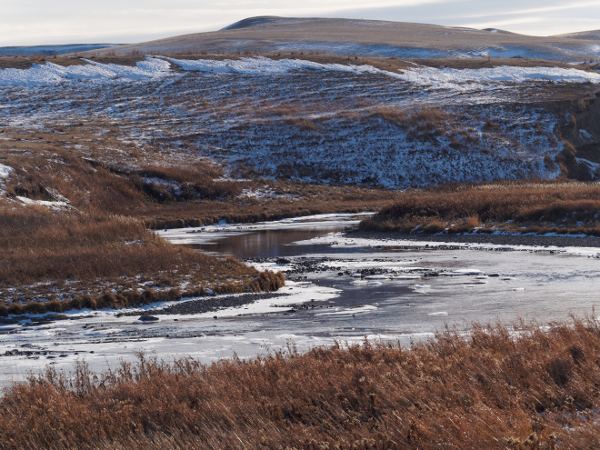What is Transboundary Water Management?
Transboundary Water Management
Water crosses boundaries and flows between many different nations and regions throughout the world. For this reason, nations pursue transboundary water management to address conflicting water interests. For example, industrial pollution, infrastructure projects with downstream impacts, and extreme flood or drought events encourage nations to communicate with one another to share information and manage water quality and quantity expectations. This communication ensures integrated water management that promotes healthy watersheds. Transboundary water agreements are the result of negotiations between different nations or provinces to determine how water resources can be shared. Reaching common ground, however, can be challenging due to the existence of multiple regulatory frameworks and different expectations between negotiators. According to United Nations standards, typical transboundary management requires cooperation between nations, an adequate legal and institutional framework, as well as joint approaches to planning and sharing both the costs and benefits of water management.
 |
International Water Treaties
Between Canada and the United States (U.S.), there are twelve transboundary water agreements that apply to rivers and lakes along our shared borders. For example, the Great Lakes are shared between eastern Canada and the U.S., and present great environmental, social, and economic value to the large populations that surround these lakes. Water quality and quantity of these lakes are monitored by the International Joint Commission (IJC), which was created in 1909 after Canada and the U.S. signed the Boundary Waters Treaty. As an international organization, the IJC works to prevent and mediate disputes between the two countries by providing objective advice and support to governments on emerging issues such as water or air quality. Similarly, other water bodies, such as the Columbia River that originates in British Columbia (B.C.) and enters the U.S. State of Washington, are also monitored by the IJC.
Provincial Water Agreements
Transboundary water agreements are an important cooperative measure for Canada and the U.S. to manage water quality and quantity expectations. Agreements also apply inter-provincially in Canada to regulate flow requirements and water quality objectives between provinces. In both international and provincial cases, transboundary water agreements lay the groundwork for jurisdictions that share water flows to negotiate and agree on a set of rules to further manage water.
